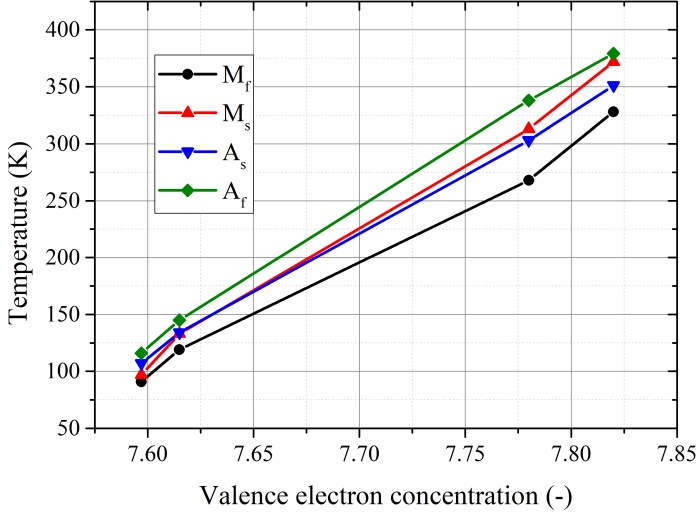Speaker
Description
The microwires due to their dimensions have a huge potential in wide fields from agricultural, medical, and technological high-end applications such as sensors or actuators. On the one hand, designing different types of materials for each application is possible. On the other hand, there is the scalability of dimensions, which brings opportunities to control the physical properties of the microwire material [1].
One of the interesting candidates among microwires is the Heusler alloy, specifically Ni$_2$FeGa. In this alloy takes place the phase transformation from a high-temperature ordered phase to a low-temperature phase. Since the transformation is thermos-elastic, the alloy exhibits a shape memory phenomenon. It is already known that the temperature range of phase transformation could be changed from 50 K up to 400 K by fine-tuning the alloy chemical composition [2]. Setting the transformation temperature, which affects material's sensitivity to the change in its magnetic properties, is very important for its applicability. This work will present the influence of chemical composition tuning on the microstructure, phase transformation temperature (see Fig. 1), physical properties, and limitations of the shape memory effect.

Fig. 1 The transformation temperature in dependence on valence electron concentration.
Acknowledgements
This work was supported by Slovak VEGA 2/0086/22 and VEGA 1/0180/23.
References
[1] R. Jurc et al, “Sensoric application of glass-coated magnetic microwires“, (2020) Magnetic Nano- and Microwires: Design, Synthesis, Properties and Applications, 2020, pp. 833-868. doi: 10.1016/B978-0-08-102832-2.00028-1.
[2] M. Hennel, L. Galdun, R. Varga, “Analysis of magnetocaloric effect in Ni2FeGa-based glass-coated microwires”, Materials, vol. 560, art. no. 169646, Oct. 2022. doi: 10.1016/j.jmmm.2022.169646.

